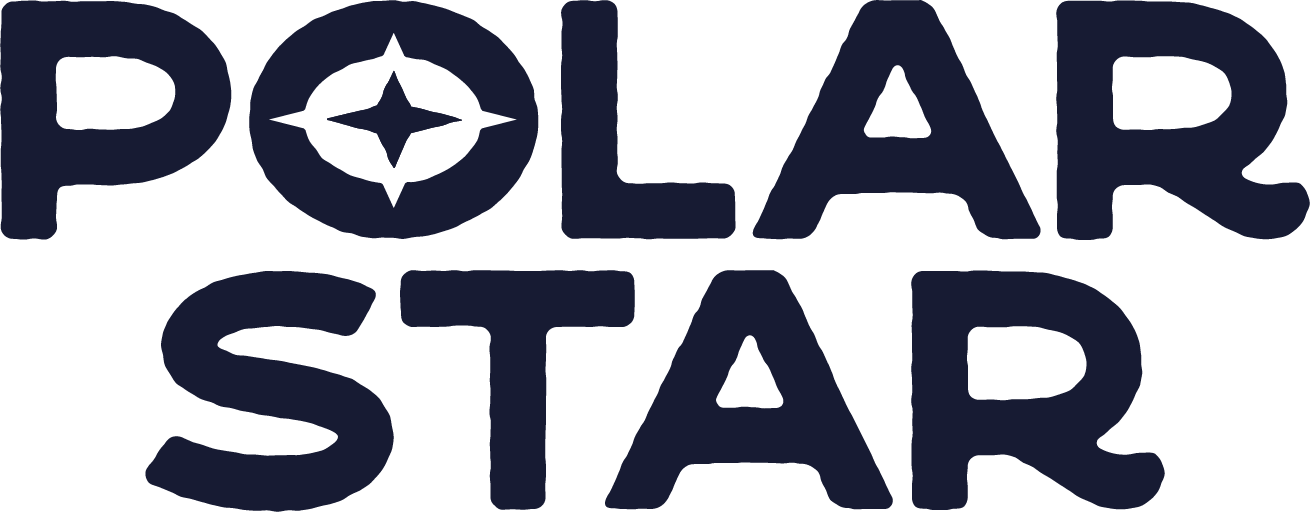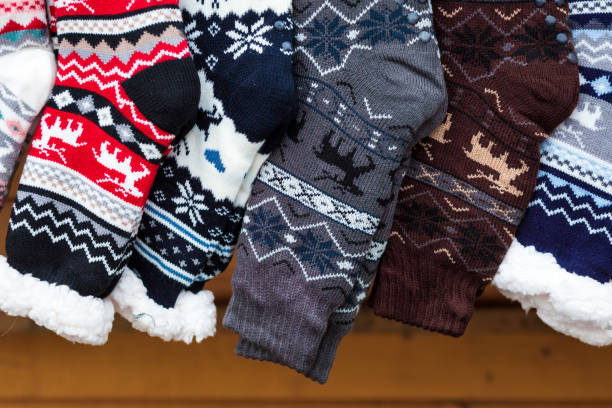In wholesale distribution, few performance metrics matter as much as the restocking rate. It’s the truest indicator of sustained product demand, inventory efficiency, and reseller satisfaction. For many B2B partners, restocking frequency can determine whether a product line remains an ongoing success or fades after its first season.
At Polar Star, our wholesale sock division has achieved an 86% restocking rate, a figure that stands out in a highly competitive retail landscape. This number is more than just an internal achievement; it reflects measurable results for our retail partners — better sell-through, faster inventory turnover, and stable reseller margins.
This article breaks down what that 86% really means, why it matters, and how it helps retailers sustain long-term profitability.
Understanding Restocking Rate in Wholesale Retail
Restocking rate refers to how often retail partners reorder a particular product or SKU. A higher restocking rate indicates consistent sales velocity and reliable product movement on store shelves.
In wholesale and B2B environments, restocking performance directly influences:
-
Revenue stability: Predictable reorder cycles create consistent income for both supplier and retailer.
-
Inventory forecasting: Retailers can plan better and avoid overstocking or shortages.
-
Market validation: A strong restocking rate confirms that the product resonates with end consumers.
The 86% restocking rate benefit comes from continuous demand, not forced marketing. Retailers reorder because their customers keep coming back for the same product.
For example, within our Mountain Collection, most SKUs maintain consistent reorder levels every quarter. The result is reliable stock movement that helps both established resellers and new entrants in the apparel category maintain efficient inventory cycles.
The Data Behind the 86% Restocking Rate
This metric didn’t appear overnight. It’s a result of tracking product performance, return rates, and reorder frequency across hundreds of B2B partners.
In reviewing the past 12 months of wholesale sock restock stats, the following trends emerged:
-
Average reorder interval: 5 to 6 weeks
-
Sell-through rate before restock: 92%
-
Return rate: Below 2%
-
SKU consistency: Over 80% of reorders involve the same style or color variant
These figures suggest an efficient cycle where retailers neither over-purchase nor struggle with excess stock. Instead, product movement is steady and predictable.
Such consistency reduces the financial risks that often accompany seasonal products. For socks — an evergreen product with year-round relevance — this performance makes it easier for retailers to maintain inventory without aggressive discounting.
Why Retailers Reorder: Factors Driving High Restocking Frequency
Several operational and product-based factors contribute to this sustained performance.
1. Product Quality That Sustains Sell-Through
Durability, comfort, and design continuity are essential in the sock category. Retailers prefer products that retain customer loyalty through repeat purchases. The 86% restocking rate benefit aligns closely with product reliability, minimizing customer churn and increasing repeat store visits.
2. Optimized Wholesale Pricing and Margins
Sock reseller margins depend heavily on balancing unit cost with sales velocity. Polar Star’s wholesale model is structured to preserve profitability even for smaller retail chains. High turnover combined with steady per-unit margins creates a compounding effect — lower holding costs and faster reinvestment into new stock cycles.
3. Efficient Fulfillment and Low Backorder Rate
Wholesale operations often suffer from delays that disrupt retail cycles. Maintaining near-continuous stock availability ensures that B2B partners can reorder without interruption.
This operational consistency directly feeds the restocking metric — retailers who trust availability are more likely to schedule regular orders rather than occasional bulk buys.
To explore the full product range supporting this efficiency, visit GetPolarStar.com.
Inventory Turnover in the Sock Category
Inventory turnover measures how many times inventory is sold and replaced over a given period. For socks, a category driven by everyday utility and seasonal diversity, the benchmark is relatively high compared to other apparel segments.
Industry data shows that most sock retailers average between 4 to 6 inventory turns annually. However, B2B wholesale Polar Star partners typically experience 8 to 10 turns per year, supported by stable reorder cycles and year-round consumer demand.
This turnover frequency translates to fewer storage costs, better capital rotation, and consistent revenue visibility.
When retailers maintain this rhythm, it improves:
-
Cash flow predictability
-
Warehouse utilization
-
Planning accuracy for promotions and peak seasons
Such inventory performance supports the long-term sustainability of B2B wholesale relationships, reinforcing the practical advantages of partnering with suppliers whose products naturally sustain movement.
Case Insight: Polar Star’s B2B Performance
Analyzing quarterly data from select wholesale partners offers more context behind the 86% figure.
-
Retail partner group: 140+ small and mid-sized resellers
-
Average order size: 1,500 pairs per order
-
Quarterly reorder consistency: 86% of partners placed at least one reorder within 8 weeks of initial purchase
-
Average profit retention: 28% per sales cycle
These figures highlight how data-driven operational models can strengthen reseller confidence. Rather than chasing short-term surges, the focus remains on consistent stock renewal and predictable revenue generation.
Across multiple product lines, evergreen designs like crew socks, outdoor thermal socks, and mountain-grade models consistently top reorder charts. Retailers benefit from predictable margins without needing continuous marketing reinvestment.
How Restocking Rate Reflects Retailer Confidence
An 86% restocking rate is not simply a sales figure; it represents trust built over repeated performance cycles. Retailers reorder when they are confident that a product will sell through again at the same or improved rate.
In the wholesale context, this confidence reflects in:
-
Stable purchase orders: Predictable buying behavior reduces volatility in monthly revenue.
-
Better credit cycles: Consistent reordering helps maintain supplier-buyer credit terms efficiently.
-
Reduced dead stock: When retailers reorder high-velocity products, they minimize end-of-season clearance dependency.
The benefit extends beyond economics. It signifies alignment between product development, supply consistency, and market response — a cycle that reinforces long-term business stability.
Reseller Margins and Sustainability
Sock reseller margins often fluctuate due to raw material pricing and seasonal trends. However, consistent product movement allows resellers to maintain sustainable markups across quarters.
For instance, when a retailer knows a specific SKU sells out within five weeks, they can reinvest quickly without discount pressure. The result is compound profitability, not dependent on temporary promotions.
This system of predictable restock timing supports sustainable growth — a model that many independent retailers now prefer over high-risk trend-driven merchandise.
Retailers exploring partnership opportunities or seeking inventory data support can connect through the wholesale partner inquiry form.
Evergreen Products and the Advantage of Longevity
The sock category’s resilience comes from being an evergreen product line. Unlike trend-sensitive fashion, socks maintain consistent demand across age groups and seasons.
For wholesale buyers, this means less risk in forecasting and fewer markdown events. Evergreen products contribute to the 86% restocking rate benefit by maintaining baseline demand even during economic shifts.
Retailers appreciate that such stability aligns with long-term business planning — whether for small boutiques or regional distributors managing multiple store networks.
The Broader B2B Implication: Predictability Equals Partnership
From a wholesale strategy perspective, high restocking frequency fosters better supplier-retailer relationships. Predictable demand benefits every stage of the supply chain — production planning, logistics, and fulfillment all become more efficient.
In B2B environments, this level of predictability is often the deciding factor for partnership renewal. Retailers prefer working with suppliers who can back performance metrics with transparent data, not estimates.
An 86% restocking rate communicates reliability that extends beyond product quality — it signals operational maturity and an understanding of the retailer’s growth cycles.
Quantifying the Long-Term Impact
When analyzed over multiple years, high restocking rates produce measurable benefits across the retail ecosystem:
|
Metric |
Typical Range (Industry) |
Polar Star B2B Average |
|
Restocking Rate |
60–70% |
86% |
|
Inventory Turnover |
4–6 times/year |
8–10 times/year |
|
Average Retailer Margin |
18–22% |
26–28% |
|
Return Rate |
3–5% |
Below 2% |
These comparative figures show how consistency in stock movement creates a multiplier effect — from reduced storage costs to improved return on working capital.
Conclusion
In the B2B wholesale environment, performance metrics must translate into real business outcomes. The 86% restocking rate benefit demonstrates measurable value for retailers through reliable sell-through, consistent turnover, and predictable profitability.
For sock retailers and distributors, the model proves that success lies in data-driven operations rather than short-term volume. Each reorder cycle reinforces trust, operational efficiency, and market relevance — principles that sustain both supplier and retailer over time.
Frequently Asked Questions
1. What does an 86% restocking rate mean for retailers?
It means that 86% of retail partners reorder products within a defined period, reflecting steady demand and strong sell-through.
2. How does high restocking improve reseller margins?
Regular reorders reduce holding costs and allow faster reinvestment in new inventory, improving capital efficiency and net profitability.
3. Is the sock category considered an evergreen product?
Yes. Socks maintain year-round demand across markets, which supports consistent restocking and inventory turnover.
4. How often do retailers typically reorder from Polar Star?
Most partners reorder every 5–6 weeks, depending on sales velocity and regional demand trends.
5. Can new retailers access performance data before joining?
Yes. Polar Star provides restock and turnover data insights to prospective wholesale partners upon request through the contact form.

